- info@bemaxchemical.cn
- +86-15178308645
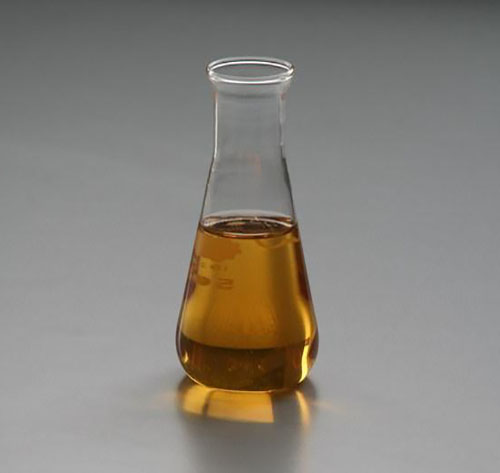
Made up of a single phosphorus atom surrounded by four oxygen atoms, phosphate molecules are derived from phosphoric acid. Zinc phosphate molecules are made up of three zinc atoms, two phosphate molecules and four molecules of water, whereas manganese phosphate is composed of three manganese atoms and two phosphate molecules.
Today, zinc and manganese phosphate coatings serve as pre-treatments for metal prior to further coating or painting, helping paints adhere better to metal surfaces while additionally protecting electrically conductive metals for even better corrosion control. It can also be used as a final finish, but most frequently used as a pre-treatment. As per their original use, these phosphate coatings protect against corrosion, but also reduce friction in sliding components.
Because of their cost-effectiveness, phosphate coatings are the most widely used type of treatment for steel surfaces. While both zinc and manganese phosphate coatings protect metal components from wear and corrosion, manganese phosphate coatings have additional properties that make it preferred for most industrial applications.


 English
English Español
Español Português
Português Français
Français Deutsch
Deutsch Русский
Русский 中文
中文 日本語
日本語
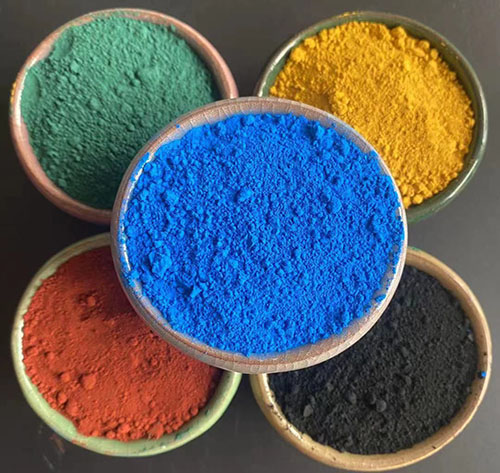
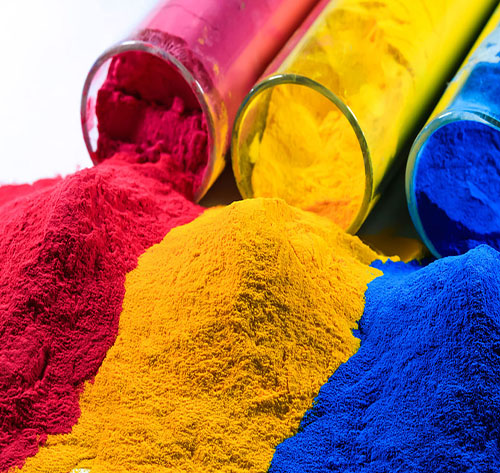
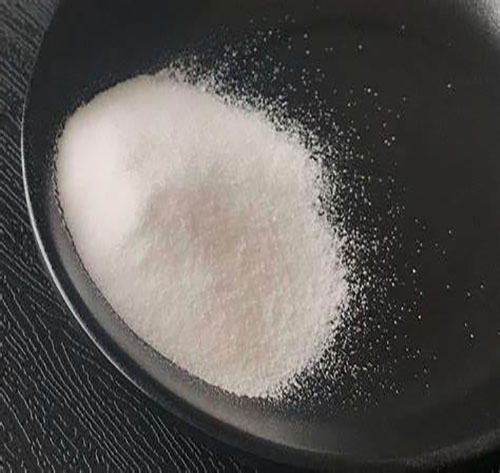
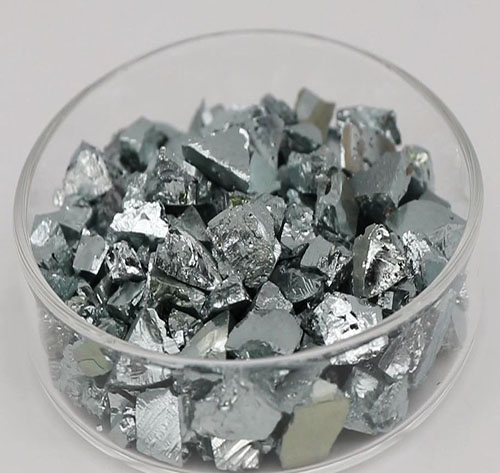
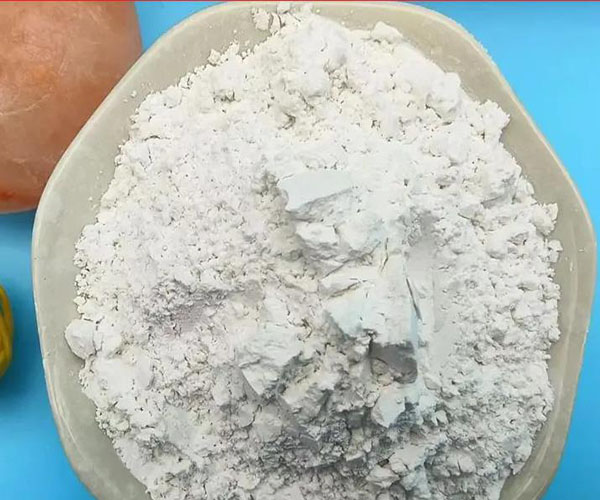
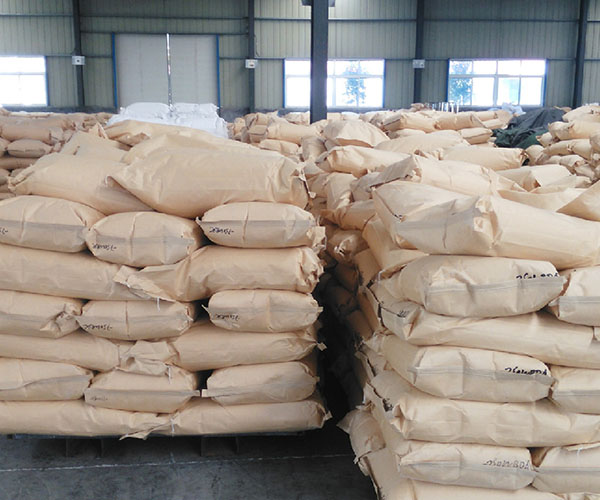
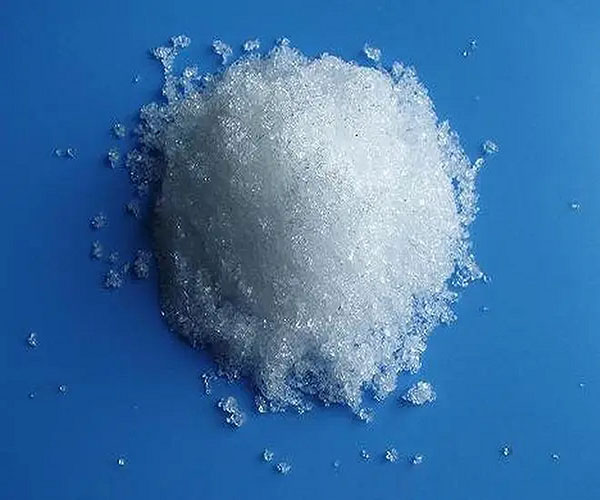
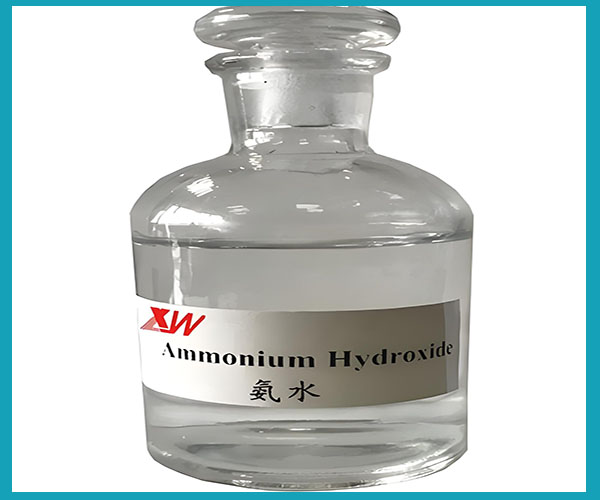
Leave us a message